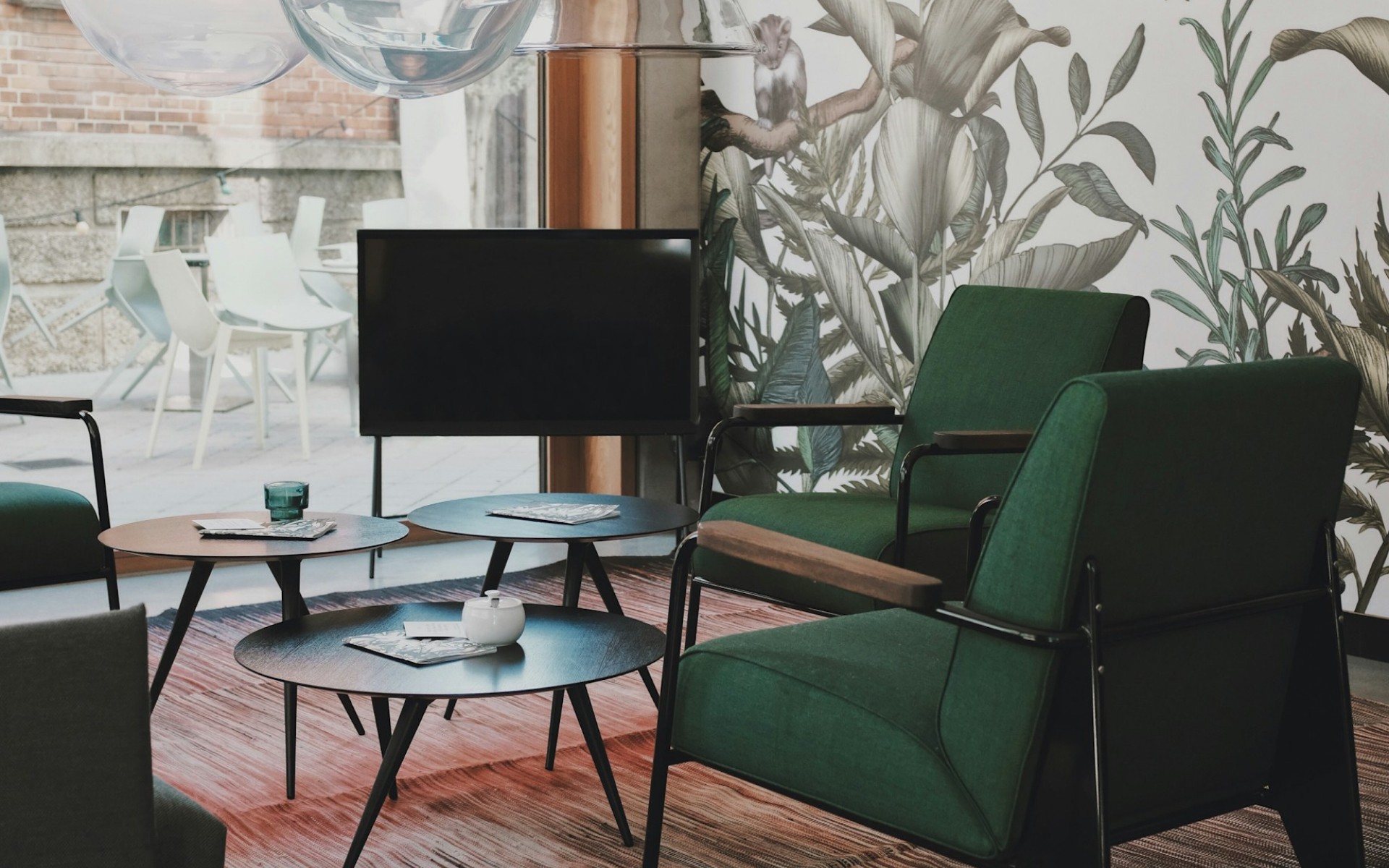Latest Insights
Explore industry news, expert advice, and creative strategies to keep your website ahead of the curve.
Latest Insights
Explore industry news, expert advice, and creative strategies to keep your website ahead of the curve.
More articles
Explore our full library of insights, stories, and ideas.
More articles
Explore our full library of insights, stories, and ideas.
More articles
Explore our full library of insights, stories, and ideas.
CONTACT ME
Let’s bring your vision to life
Fill out the form below or reach out via phone or email—I’ll get back to you as soon as possible. Let’s create something great together.

Omar Ramirez
ramirezo@ucla.edu
323.365.9580

CONTACT ME
Let’s bring your vision to life
Fill out the form below or reach out via phone or email—I’ll get back to you as soon as possible. Let’s create something great together.

Omar
Ramirez
ramirezo@ucla.edu
323.365.9580

CONTACT ME
Let’s bring your vision to life
Fill out the form below or reach out via phone or email—I’ll get back to you as soon as possible. Let’s create something great together.

Omar Ramirez
ramirezo@ucla.edu
323.365.9580

